12th September 2009
















Humankind has been using metals for 6000 years but before the 19th century strated only about twentyfour metals were known and used. Before the 17th Century the number of known metals was half that - at only twelve - and an even more surprsing fact was that five of these; bismuth, antimony, arsenic, platinum and zinc were discovered between the 13th and 14th centuries. So the remaining seven were the only metals that were known from 6000 BC to 1700 AD and these were called the 'Metals of Antiquity'. Gold, Copper, Silver, Lead, Tin and Mercury
(the only one liquid at room temperature) - were all non-ferrous and the remaining one - Iron ( used from around 1500BC being Ferrous (meaing 'containing Iron' )
The two most widely used of these were Gold and Copper and many examples
of jewellery and artefacts are found in a variety of ancient archeaological sites.
Both of these metals are malleable and so can be easily shaped by hammering
of jewellery and artefacts are found in a variety of ancient archeaological sites.
Both of these metals are malleable and so can be easily shaped by hammering
and compression forces - and so both were used by early metalworkers to create jewellery and body adornment items. Malleability is one property of metals that allows shaping into useful or ornamental products and so Gold - found in streams and gravel deposits in its metallic state as small nuggets that could be compressed together to form larger masses of the metal - was not only used very early on in this way but was also alloyed with silver to make a new metal called Electrum. The chemical symbol for Gold is Au and comes from the Latin ‘aurum’ meaning ‘shining dawn’
Another useful property of Gold is its ductility - its ability to be able to be drawn out by tensile forces (stretching) into thin wire. The chief ductile metals are copper, iron, platinum, gold, silver, aluminum and brass ( an alloy of Copper and Zinc),
Another useful property of Gold is its ductility -
Materials Properties

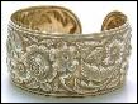
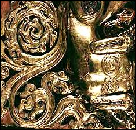
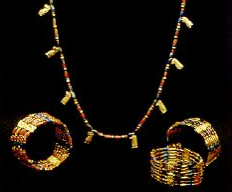
Copper was used several thousand years before Gold -
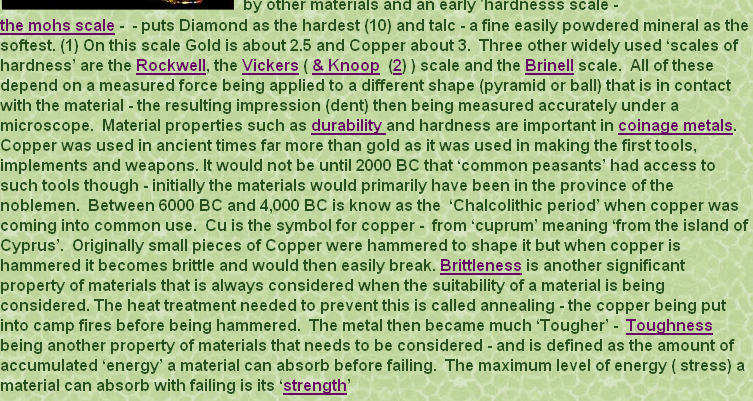

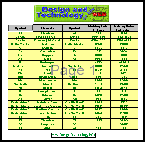
Finally, metals are good conductors of electricity (becasue they generally have free electrons in their 'outermost shell' that can easily move when a potential difference -






